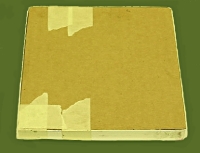 | |||
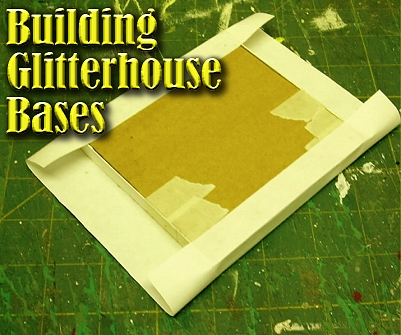 |  |  |
 |  |
 |  | ||
 |  | ||
 |  | ||
(with a little help from Paul Race) for Big Indoor TrainsTM |
|
|
Note from Editor: Glitterhouse designer/builder Howard Lamey recycled cardboard to provide an authentic look and feel for the bases of his vintage-style cardboard structures. This is how he explained it to me. Building Glitterhouse BasesForming the BaseThe base for a vintage-style cardboard structure is a rectangular "box" that is primed, and sometimes decorated before the house and trees are installed. Howard builds his so that they are lightweight, but solid, with a finish reminiscent of the original cardboard mid-19th-century glitterhouses. The length and width of the base varies with the structure - usually you want to add a few inches to allow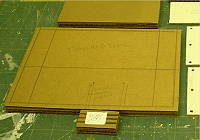 room for gates, fences, or hedges to dress up your buildings. The height, on the other hand, is usually at least 1/2". For a very large structure, you may want to make the base even thicker. room for gates, fences, or hedges to dress up your buildings. The height, on the other hand, is usually at least 1/2". For a very large structure, you may want to make the base even thicker.
You may form the box either of two ways:
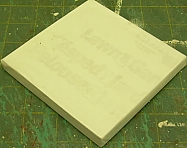 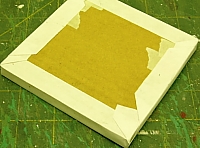
Finishing the BaseAfter the base is built, you then cover it with white bond acid-free paper just like you would wrap a gift, except that all surfaces of the paper cover must be glued down to the box. A glue stick works great for this.When the glue has dried, paint the box with the base coat you have chosen. In most cases this is a flat white latex or acrylic paint. A flat white interior wall paint is nice because it suggests the "chalky" feeling of the paper-mache finish typical of many early glitterhouses. ConclusionHow the base is finished depends on what the rest of the house looks like. If the house is set in a season other than winter, you may want to paint the base with a different colored topcoat before you attach the house and accessories. Other Articles about Glitterhouse include:
Other Putz House Resources:
Other Articles that Discuss Putzes and Christmas Villages of the mid-20th Century:
To Return to the BIG Indoor Trains(tm) Primer Page, click here. |



|

|

|  |
 |
 |  |  |
decorations that have been popular with our readers.
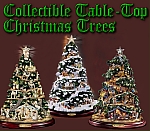
| 
| 
| 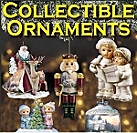
| 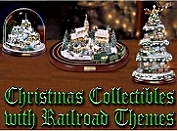
|
Note: Big Indoor Trains(tm), Big Train Store(tm), Family Garden Trains(tm), Big Christmas Trains(tm), Garden Train Store(tm), and Trains and Towns(tm) are trademarks of Breakthrough Communications (www.btcomm.com). All information, data, text, and illustrations on this web site are Copyright (c) 1999, 2000, 2001, 2002, 2003, 2004, 2005, 2006, 2007 by Paul D. Race. Reuse or republication without prior written permission is specifically
forbidden.
Big Indoor Trains(tm) is a participant in the Amazon Services LLC Associates Program, an affiliate advertising program designed to provide a means for sites to earn advertising fees by advertising and linking to amazon.com.
For more information, contact us.

